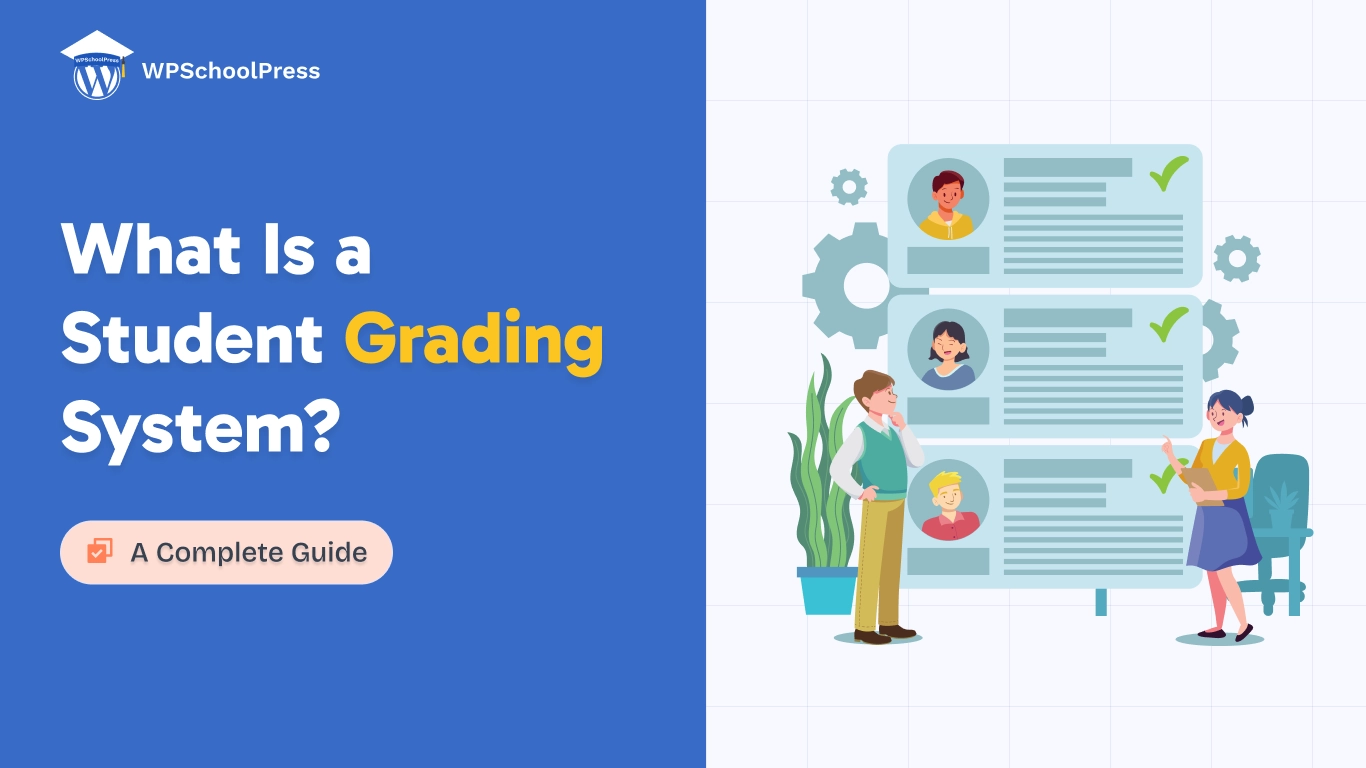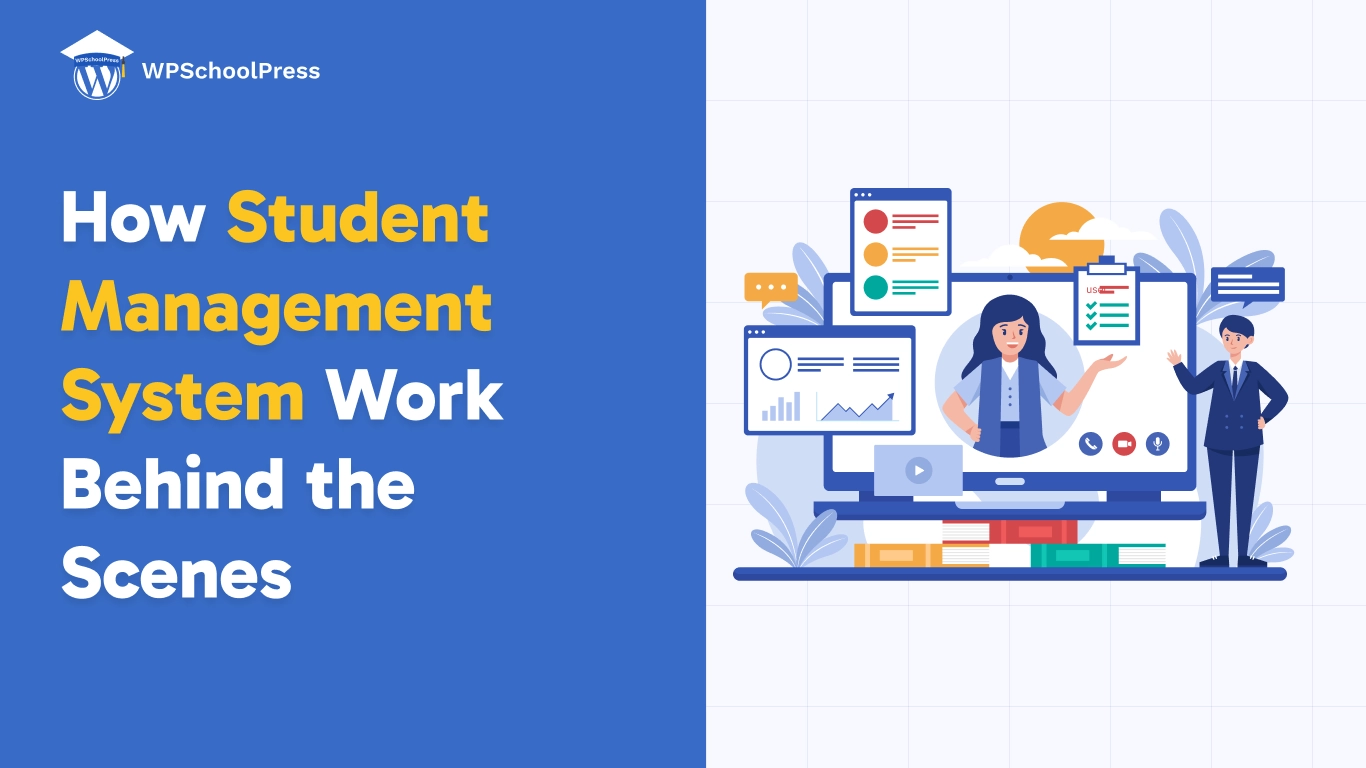Technology has become integral to our educational institutions, requiring adaptation from individual classrooms to entire districts. Embracing a digital student information management system represents a crucial advancement in managing the complete student journey.
What is a Student Information Management System?
A student information management system is designed to store and monitor various aspects of students’ academic workload, personal details, grades, records, and more. It serves as a tool for simplifying tasks and organizing all student-related data into a unified system rather than scattered across multiple records. Importantly, many SIMS platforms now integrate student assessment management system capabilities to evaluate academic performance effectively and in real-time.
While many schools currently utilize electronic student records to some degree, the information contained within these student record management system is often limited in scope, typically comprising only grades and faculty notes accessible solely to parents and students. Other pertinent students information system may be dispersed among different educators and departments.
The work of the Student information management system
The fundamental purpose of a student information management system revolves around managing and organizing information. It enhances communication and simplifies data accessibility for all involved in a student’s educational journey. This system also optimizes administrative tasks by centralizing data collection, which encompasses various aspects such as:
- Overall student performance and grades
- Behavior patterns
- Demographics
- Student health records
- Registration and consent forms
- Transcripts
- Schedules
- Contact information
- Student engagement and activities
Moreover, student management information systems may encompass additional features and administrative functions, including:
- Detailed billing breakdowns and payment management
- Digital forms for registration and consent
- Progress monitoring and lesson planning
- Secure messaging platforms
- School-wide management tools
- Attendance tracking
- Student admissions and application procedures
- Self-service portals for parents, students, and faculty
- Assessment tools covering summative, formative, and diagnostic evaluations
- Student admission and orientation processes
Primary Advantages of Student Information Management Systems
Undoubtedly, there are numerous advantages associated with efficiently managing student data via a robust SIS. However, what are the true advantages that student management systems provide?
Enhanced Efficiency:
Implementing an appropriate student data management system reduces the time spent on record maintenance, allowing for increased focus on school-related tasks. The improved accuracy and organization of data contribute to heightened productivity and efficiency. Moreover, centralizing all data in one location can facilitate better communication and coordination.
Efficient Task Management:
Utilizing student management system enables educators not only to monitor each student’s progress but also to promptly intervene or provide support as necessary. Instead of being burdened with administrative tasks, teachers can devote more time to actual teaching.
Enhanced Communication:
Online student management systems facilitate seamless communication between students, parents, and teachers, with all essential information readily accessible. This fosters increased parental involvement in their child’s education while empowering students to seek assistance or ask questions more readily. Moreover, this streamlined communication comes at a reduced cost, eliminating the need for traditional methods like phone calls, messages, or paper documents.
Information Accessibility:
A student management system grants parents comprehensive insight into their children’s school activities, assignments, attendance, and academic performance.
Enhanced Scheduling Efficiency:
Traditionally, school administrators handle timetable and schedule management. However, with dedicated school administration system provided by a student management platform, much of this process can be automated. This leads to improved time and timetable management.
Comprehensive Student Monitoring:
School activities extend beyond the classroom walls to include extracurriculars such as sports and clubs, as well as details about students’ home lives. With a student management system, all this information is consolidated in one place, making it much easier for teachers to monitor their students and identify those who may be struggling.
Decreased Workload:
The expenses associated with manually managing students and school activities can be considerable, both in terms of budget and time. With a student management system, teachers can dedicate less time to foundational student experience tasks and more time to actual teaching.
Promotion of Sustainability:
Schools often consume vast amounts of paper through physical files, records, and forms. Implementing cloud-based student management system enables schools to digitize much of this documentation, creating a digital audit trail and significantly reducing paper consumption. This not only promotes sustainability but also streamlines record-keeping processes.
Anywhere, Anytime Accessibility:
For authorized users, student management system can be accessed from any location and at any time. All stakeholders need is a smartphone, tablet, or PC to instantly retrieve relevant student information. Over time, this fosters improved information sharing among educators and schools, ensuring comprehensive record-keeping due to its convenient accessibility.
Transparency and Responsibility:
With a student management system providing all stakeholders in a student’s education access to a meticulously organized dataset, it becomes considerably simpler to uphold transparency and ensure accountability. Parents can more effectively monitor their child’s academic progress and development, while students can assume greater responsibility for their educational path through a self-service dashboard.
Choosing the Right Student Database Management System for Your Institution
Exercise caution when evaluating student management solutions. While many providers boast a background in education, not all may align with your institution’s specific requirements. It’s crucial to be well-prepared with pertinent questions for potential vendors and to grasp the fundamental pillars of effective student management software. Firstly, consider the essential data that every student information system for schools should encompass:
1. Schedule Management:
Consistent access to accurate information regarding students’ schedules is vital for teachers, faculty, and parents. This should encompass details about classes, field trips, extracurricular activities, and absences.
2. Transcript Management:
Tracking grades allows parents and teachers to stay informed about each student’s academic progress, thus optimizing time management for all parties involved.
3. Health Information:
Inclusion of health-related data ensures the safety of every student, particularly in situations where contacting a parent or guardian may not be immediately feasible during emergencies.
4. General Details:
Each digital record should contain essential information such as age, demographics, appearance, and contact details of every student. This not only aids teachers in developing a better understanding of their students but also ensures that staff members can promptly reach out in case of any safety concerns.
The Bottom Line
We are currently in an age of hybrid learning and digital evolution. Selecting the appropriate student management system has become increasingly crucial. It’s important to distinguish a student information management system from a school management system, as the latter includes information not only about students but also about faculty and administrative staff. School management systems represent a functional merger between Student Information Management Systems (SIS) and Human Resource Platforms (HRP).







